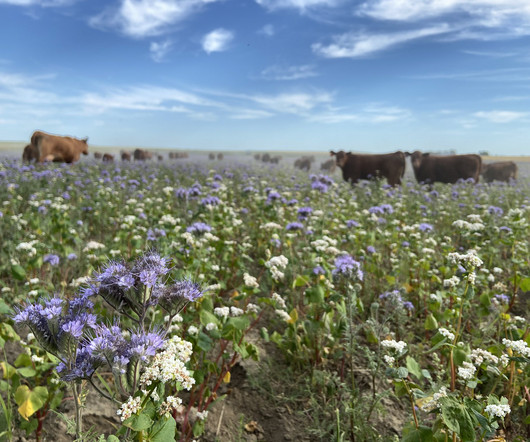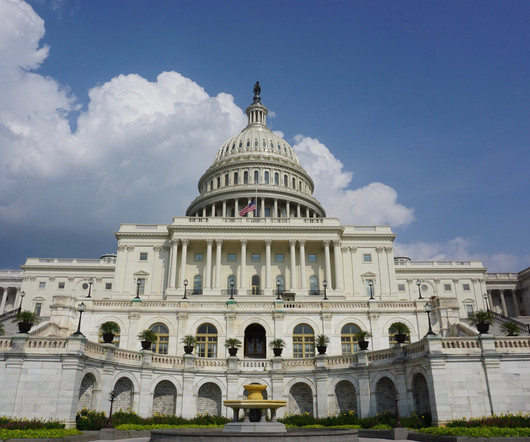PFAS Shut Maine Farms Down. Now, Some Are Rebounding.
Civil Eats
OCTOBER 2, 2023
The biosolids created as sewage breaks down can be used as fertilizer on farmland, a practice that the Environmental Protection Agency still touts as “beneficial,” even though spreading these highly toxic chemicals across farmland allows the compounds to leach into the groundwater, contaminate crops grown on the land, and affect grazing animals.











Let's personalize your content